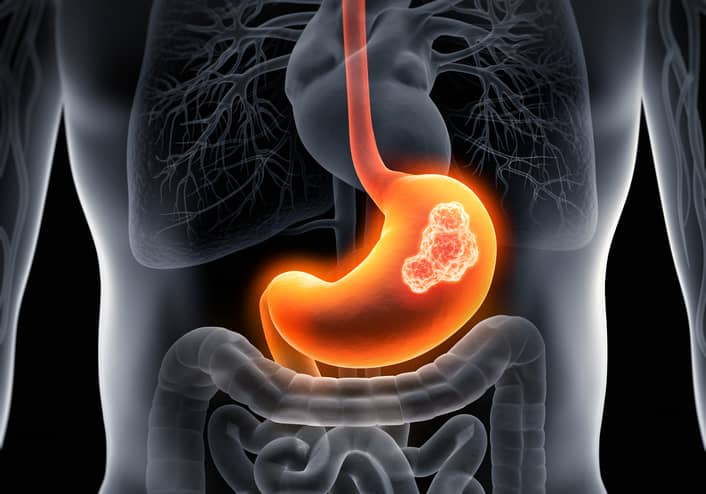Serving Above and Beyond…… we carE
Gastroscopy
What is a gastroscopy?
Gastroscopy, also called as upper GI endoscopy, is a procedural test done using an endoscope, which allows the doctor to perform direct examination of the inner side of food pine, stomach and first part of the small bowel. In addition to obtaining tissue samples for diagnostic purposes, it allows treatment of certain conditions such as removal of polyps, treatment of bleeding and stretching/ opening of abnormal narrowing etc. It involves the use of thin and flexible tube with a camera at the tip which is passed through the mouth to access the upper gastrointestinal tract.
Why you may need a gastroscopy?
You may need to have a gastroscopy to evaluate symptoms such as unexplained nausea, vomiting, difficulty swallowing, painful swallowing, heartburn, indigestion and belly pain. In addition, if bleeding is suspected in the upper gut, a gastroscopy is the test of choice to find the source of bleeding. Gastroscopy is better than x-rays for finding ulcers, inflammation or tumours in the upper gastrointestinal tract. Tissue samples (biopsies) can be taken to look for conditions such as infection, inflammation, coeliac disease or cancer. In additions, small instruments can be introduced through a narrow channel in the gastroscope which enables the doctor to treat many conditions including removal of polyps, treatment of bleeding, stretching of a narrow area or placement of feeding tubes.
How is gastroscopy performed?
The anaesthetist may spray the back of your throat with local anaesthetic to make it numb. A light anaesthetic (sedative) is usually given – you will not usually receive a full general anaesthetic. You may be slightly aware of what is going on in the room, but most people don’t remember anything. If you have false teeth (dentures), they may be removed before the procedure. A small mouthguard will be put between your teeth to protect your teeth as well as to stop you from biting the endoscope. The procedure takes about 15 to 30 minutes. Once you are sedated and lying in a comfortable position on your left side, the endoscope is passed through the mouth and then through the oesophagus, stomach and first part of the small intestine. The tube is about one centimetre in diameter and does not enter your windpipe, so it won’t interfere with your breathing. A small camera in the end of the endoscope transmits a video image to a monitor, allowing the doctor to carefully examine the lining of your upper gastrointestinal tract.
What are possible risks with gastroscopy?
Gastroscopy is considered very safe test. Reactions to the sedative are possible but rare. Complications are rare when the procedure is performed by doctors who are specially trained in gastroscopy. The chance of complications depends on the exact type of procedure that you have and other factors, including your general health. You may have a slightly sore throat after the procedure. Air may also be trapped in your stomach, causing you to feel bloated. If a biopsy has been taken or treatment performed, there may be minor bleeding. Very rarely, the food pipe or stomach lining may sustain damage or tear, and if this happens, you will be admitted to hospital and may need an operation to repair it. After the procedure, there is a very small risk of developing a chest infection.
In a few cases, if the gastroscopy is not successfully completed, it may need to be repeated. If you have any of the following symptoms in the hours or days after the gastroscopy, you should contact the hospital or your doctor immediately: Fever, Trouble swallowing, increasing throat, chest or abdominal pain or any other symptoms that cause you to worry.
